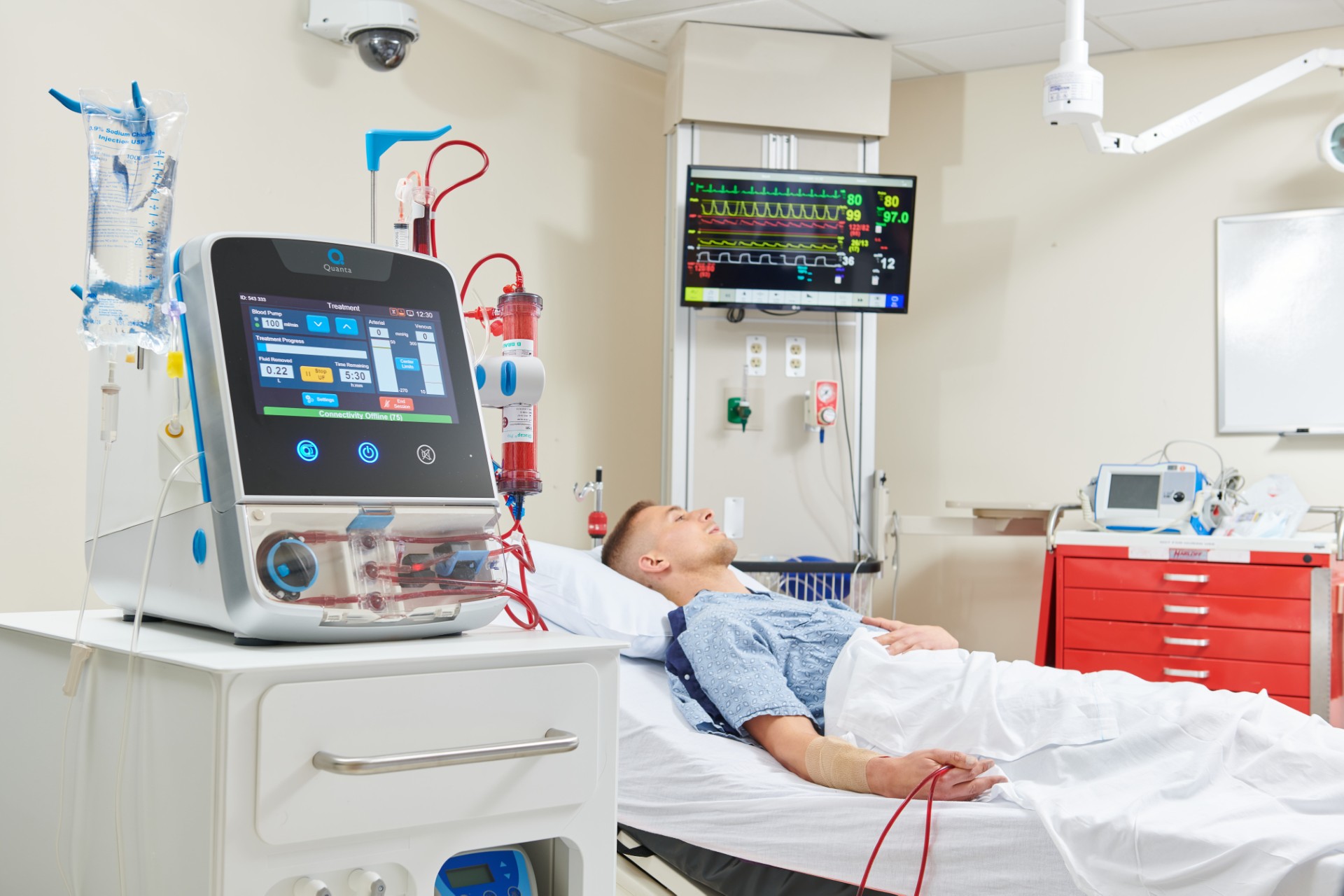A Step-by-Step Guide to the Peritoneal Dialysis Process
Understanding the peritoneal dialysis process is crucial for individuals with kidney disease seeking effective kidney replacement therapy.
Peritoneal dialysis uses the peritoneal membrane within the abdomen to remove waste and excess fluids from the body.
Here, we will delve into the step-by-step peritoneal dialysis process, providing insight into this vital treatment modality’s various methods and techniques.


What Is the Process of Peritoneal Dialysis?
Peritoneal dialysis (PD) serves as a lifeline for individuals with kidney failure. It offers a method to effectively filter waste and excess bodily fluids when the kidneys cannot do so adequately. This process revolves around the abdomen’s peritoneal membrane, a natural filtering membrane.
There are three main types of PD to consider, each with its unique characteristics and advantages.

Understanding the 2 Processes of Peritoneal Dialysis
Peritoneal dialysis encompasses a range of processes tailored to meet the unique needs of individuals with kidney failure. These processes are pivotal in delivering effective kidney replacement therapy, from manual exchanges to automated procedures.
The three main process options include:
1. Continuous Ambulatory Peritoneal Dialysis (CAPD)
In CAPD, patients or caregivers manually infuse dialysate into the abdomen and drain it multiple times a day. This approach offers flexibility and independence without needing a machine, allowing patients to integrate treatment seamlessly into their daily lives.
2. Automated Peritoneal Dialysis (APD)
APD involves using a cycler machine to perform dialysate exchanges while the patient sleeps automatically. This method offers convenience, particularly for those struggling with manual daily exchanges, ensuring consistent and efficient treatment delivery.
Both of these processes of peritoneal dialysis offer unique advantages. They allow patients to tailor their treatment approach based on personal preferences, lifestyle considerations, and medical requirements.
Discussing these options with your kidney specialist to determine which PD is right for you is essential.

Step By Step: Peritoneal Dialysis Explained
Understanding the step-by-step process of peritoneal dialysis treatment is essential for patients and caregivers involved in managing this form of kidney replacement therapy.
Here’s a comprehensive breakdown:
1. Catheter Placement
The process begins with the surgical placement of a catheter into the abdomen. This catheter serves as both an entry point for introducing dialysis solution and an exit point for draining used solution and waste products.
2. Dialysis Solution Infusion
Once the catheter is in place, a specialized solution called dialysate is infused into the abdominal cavity. This solution, containing electrolytes and sugars, is the medium for waste removal and fluid balance adjustment.
3. Dwell Time
Following infusion, the dialysate remains in the abdomen for a prescribed period, known as the dwell time. During this interval, the dialysate interacts with the peritoneal membrane, facilitating the exchange of waste products and excess fluids from the bloodstream into the dialysate.
4. Waste Removal and Filtration
As the dwell time progresses, waste products and excess fluids move from the blood vessels surrounding the peritoneal cavity into the dialysate solution through osmosis and diffusion. This filtration process helps cleanse the blood and maintain fluid balance within the body.
5. Drainage
Once the dwell time is complete, the used dialysate (now containing waste products and excess fluids) is drained out of the abdomen through the catheter.
6. Monitoring and Adjustment
Patients are closely monitored throughout the process for any signs of complications or imbalances. Healthcare providers may adjust the dialysis regimen based on individual needs, ensuring optimal treatment outcomes and patient well-being.
By following these step-by-step procedures, peritoneal dialysis offers a vital lifeline for individuals with kidney failure, providing a comprehensive and effective method for managing the condition and improving their quality of life.




